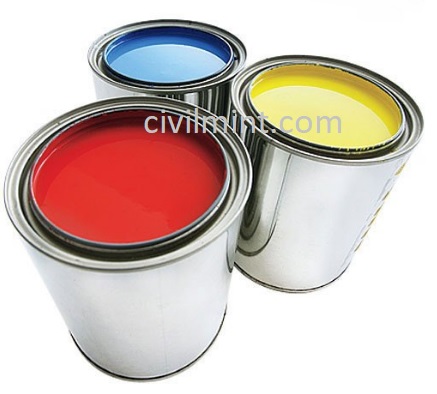
Enamel Paint has been utilized to allude to any kind of paint that is oil-based and with an impressively glossy completion. Be that as it may, because of the rising prominence of latex and water-based paints, the term enamel paint has since developed to allude to a hard-surfaced paint with a serious shine finish. Moreover, the term is utilized to allude to finish paint marks that are high in quality.
Enamel paint becomes hard when dried. It provides a glossy surface due to the presence e of oil in the paint. It can be used for metal, outer surfaces to bear high temperatures.
The word Enamel Paint used to describe oil-based surface covering.
Table of Contents
Uses Of Enamel Paint
- It is used to provide a shiny and hard surface finish.
- Enamel paint used to paint surfaces of different equipment like industrial machines or refrigerators.
- It is used to paint wood and metal surface.
- Nail enamel paint used to polish human nails.
Advantages of Enamel Paint
- It provides a glossy finish.
- It gives a uniform finished surface.
- Enamel paint is very easy on any kind of surface.
- It provides a hard surface.
- It can dry very fast.
Disadvantages of Enamel Paint
- It has odors that are harmful.
- Enamel paints are flammable while in the wet form.
- It pollutes the nearby environment.
